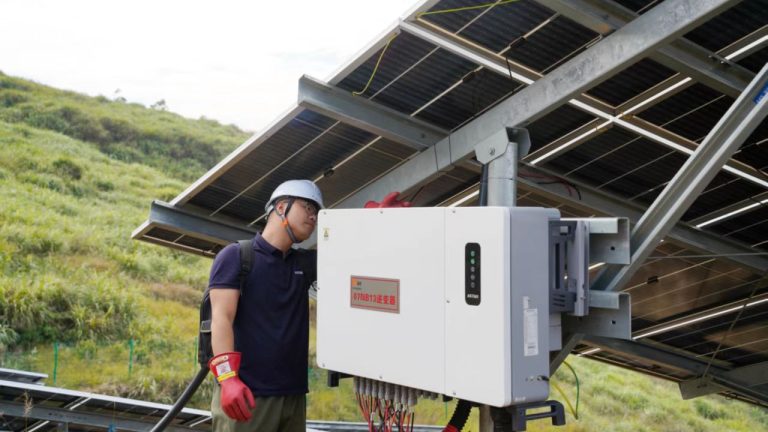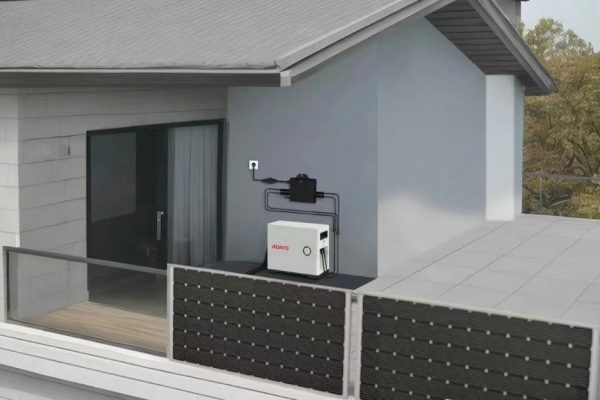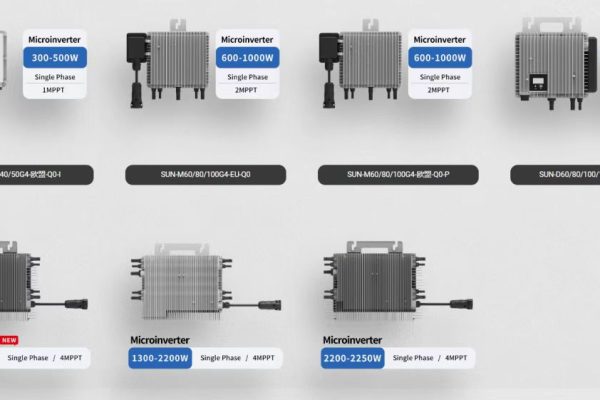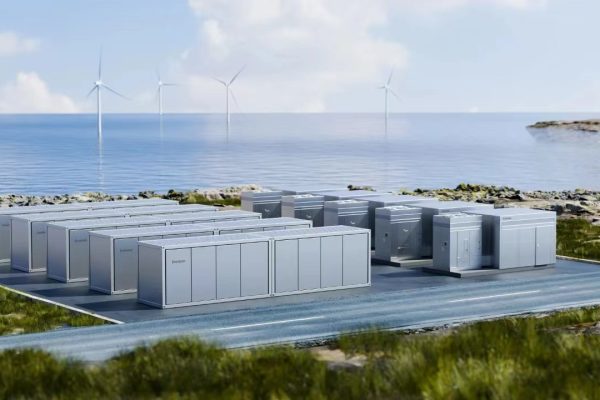What Really Matters in 3kW–100kW PV + Storage Projects
The Debate You Can’t Avoid
If you’re sourcing inverters for residential or small commercial energy systems, you’ve likely faced this question:
“Should I go with a Chinese inverter or pay more for a European brand?”
The truth? There’s no universal answer. Each project has different constraints — but understanding the trade-offs will help you avoid mismatches in budget, performance, and after-sales expectations.
This guide compares Chinese and European inverters from a project-oriented perspective — not just specs, but what happens on the ground.
1. Pricing: It’s Not Just “Cheap vs. Expensive”
| Category | Chinese Brands (e.g., Growatt, Deye, Sofar) | European Brands (e.g., SMA, Fronius, SolarEdge) |
|---|---|---|
| 3–10kW Hybrid | $300–$800 USD | $1,200–$2,000 USD |
| 20–50kW Grid-tied | $1,000–$2,000 USD | $3,000–$6,000 USD |
| 5–30kW Off-grid | Widely available | Rare / Niche |
Takeaway: Chinese inverters offer 2–3x price advantage — especially attractive for budget-constrained markets or cost-sensitive applications like off-grid, agricultural, or rural tourism.
2. Protocol & Compatibility
✅ Battery Communication:
- Chinese inverters often support CAN & RS485, and pre-loaded BMS protocols like Pylontech, SOK, Hithium.
- European inverters may be stricter about compatibility — some even require brand-locked batteries (e.g., Sonnen with SMA).
✅ EMS & Load Control:
- European systems have more refined EMS logic, but limited flexibility.
- Chinese brands allow more custom logic and TOU profiles, which is useful in off-grid or hybrid cases.
For mixed systems with non-standard batteries or modular setups, Chinese inverters often offer greater interoperability.
3. Performance & Efficiency
| Metric | Chinese Inverters | European Inverters |
|---|---|---|
| Peak Efficiency | 96–98% | 97–99% |
| MPPT Response | Acceptable (mid-fast) | Fast, adaptive |
| Real-World Yield | Good in stable conditions | Better under partial shade or fast variance |
| Load Priority Handling | Manual setup required | Often automated and smarter |
Bottom line: For basic sunny conditions and straightforward backup needs, Chinese inverters perform well. European brands show their edge in complex grid environments or partial-shading rooftops.
4. After-Sales & Warranty
Chinese Inverter Warranties:
- Standard: 5 years (extendable to 10 in some cases)
- Claim Process: Usually through distributor or OEM
- Support: Mixed — depends on local presence
European Inverter Warranties:
- Standard: 5–10 years
- Claim Process: Usually fast, via local service centers
- Some offer on-site swap services or diagnostics
If your project is in a remote region, Chinese brands with local service agents may still be faster than a European brand with no in-country support.
5. Certification & Compliance
| Requirement Type | Chinese Inverters | European Inverters |
|---|---|---|
| CE, IEC, RoHS | Common, often present | Fully covered |
| UL1741, IEEE, VDE | Select models only | Widely certified |
| Grid Code Support | Manual setup or firmware patch | Auto-compliance modes |
If you’re targeting Europe, Australia, or North America, ensure your Chinese inverter model has grid compliance certificates pre-loaded — otherwise, approval may be denied.
6. Project Suitability Breakdown
| Use Case | Best Fit | Why |
|---|---|---|
| Rural Off-grid Systems | Chinese | Cost-effective, flexible |
| Grid-tied Residential PV | Either (depends on market) | Both offer reliable performance |
| Small Factory + Storage | Chinese hybrid inverters | Price + BMS flexibility |
| High-Sensitivity Urban Projects | European | Noise, compliance, aesthetics |
| Smart Home Integration | European (SMA, SolarEdge) | Protocol depth, vendor support |
7. What Customers Should Ask — Before Buying
If you’re helping a client choose between the two categories, here’s what you should explore:
- Is your battery brand fully compatible (not just “can connect”)?
- How close is the nearest support center?
- Will the grid operator accept this inverter?
- Does your client want app-based remote control or simple backup only?
- Are firmware upgrades available online?
- Is there a local warranty agent or just factory support?
8. When a “European Brand” Is Actually Chinese-Built
Many “European” inverter brands (especially for small hybrid models) outsource manufacturing to China while maintaining design and QC in Europe.
Examples include:
- Austrian brands assembled in Shenzhen
- German brands with “OEM identical” Chinese versions
In these cases, pricing and features often overlap, and the real differentiator is support and branding — not hardware.
Choose Based on Project Priorities
| If your project values… | Then go for… |
|---|---|
| Budget & volume flexibility | ✅ Chinese Inverters |
| Brand trust & service SLA | ✅ European Inverters |
| Battery flexibility | ✅ Chinese Inverters |
| Grid regulation compliance | ✅ European Inverters |
| Remote monitoring UI polish | ✅ European Inverters |
| Fast-growing markets (Africa, MENA) | ✅ Chinese (for scale) |
As a technical trade partner or project consultant, your role is not just quoting prices — but guiding clients through fit-for-purpose choices.









